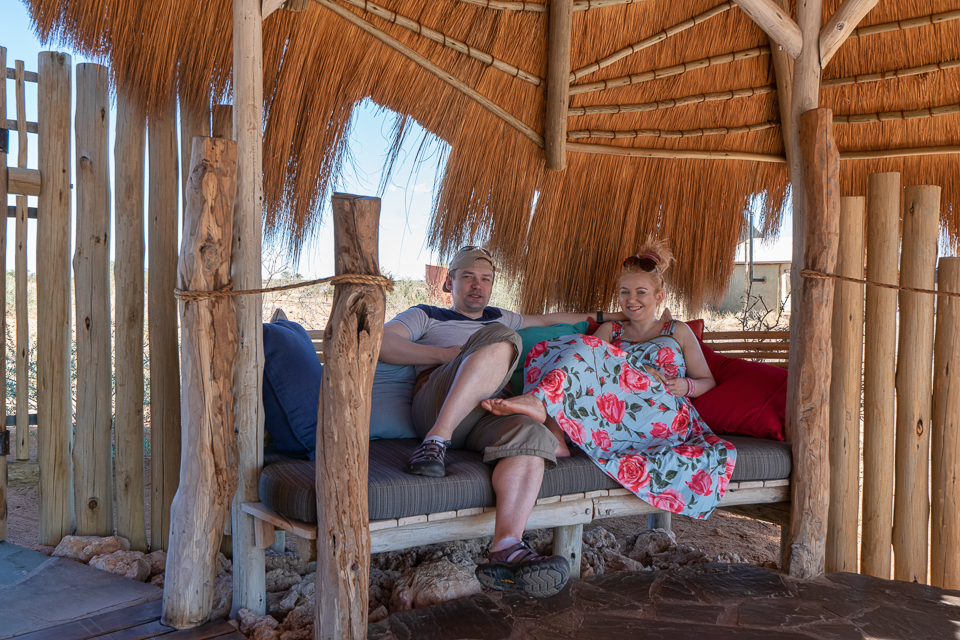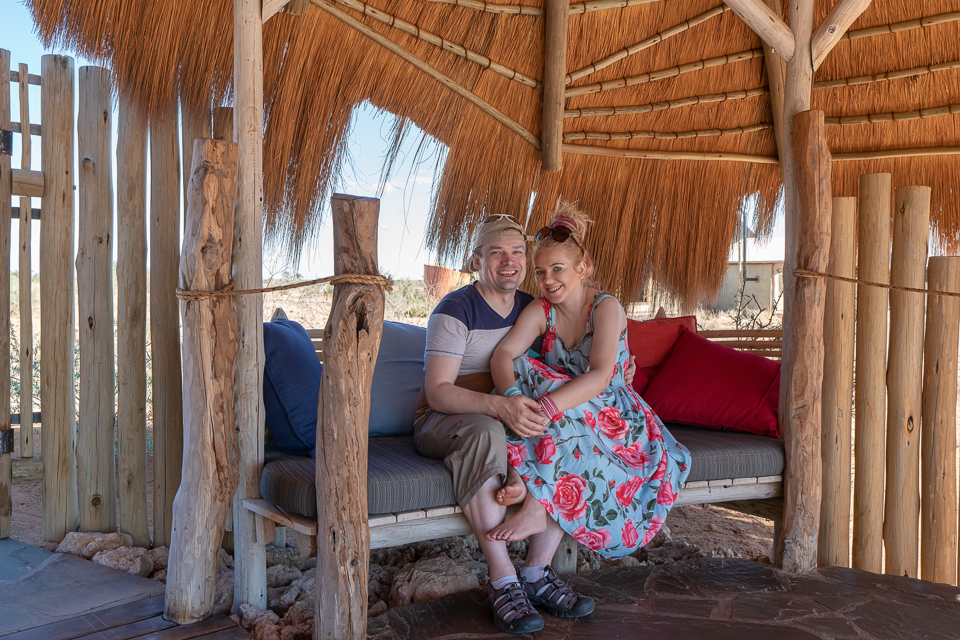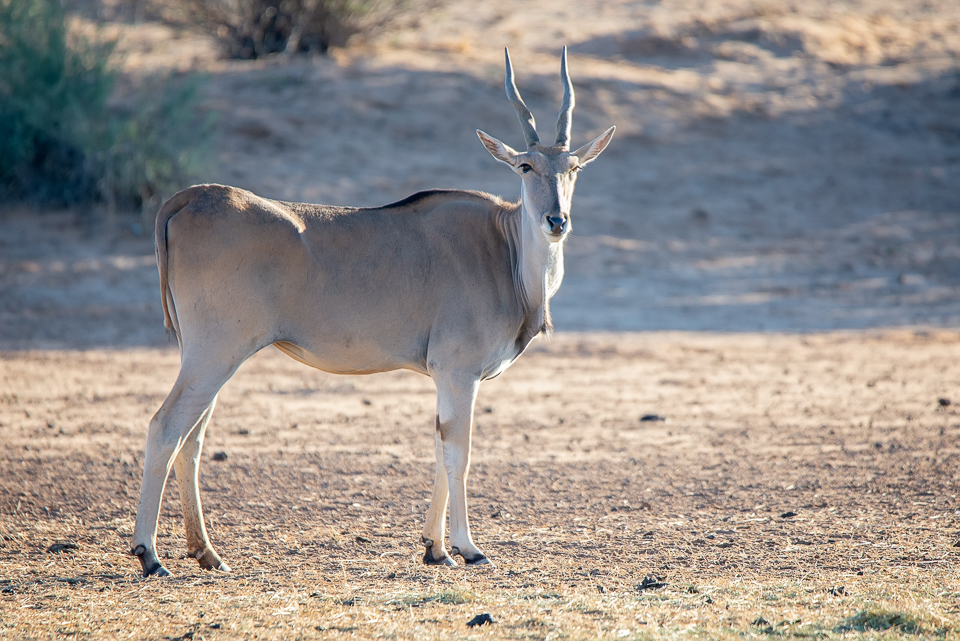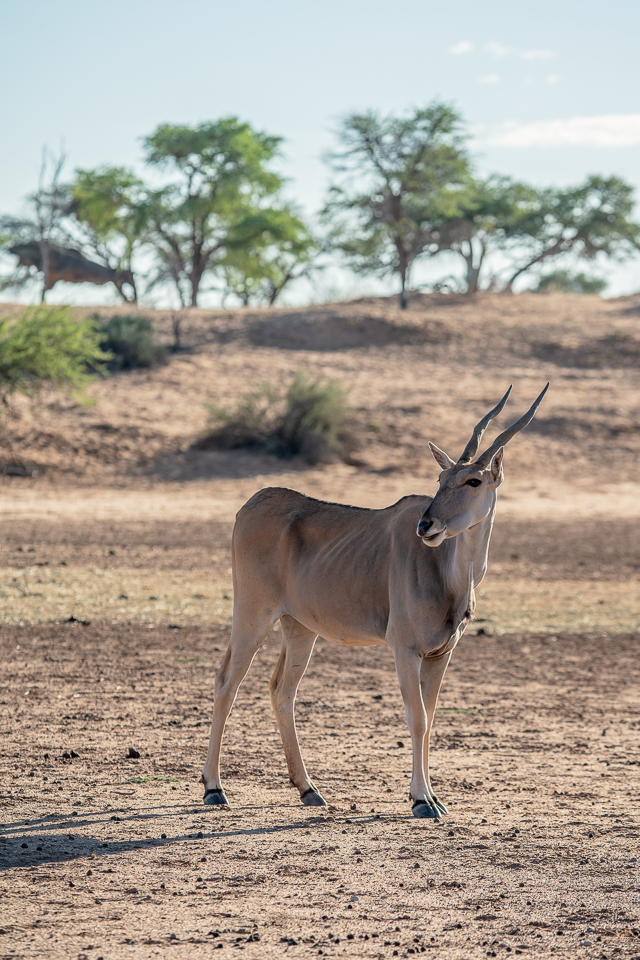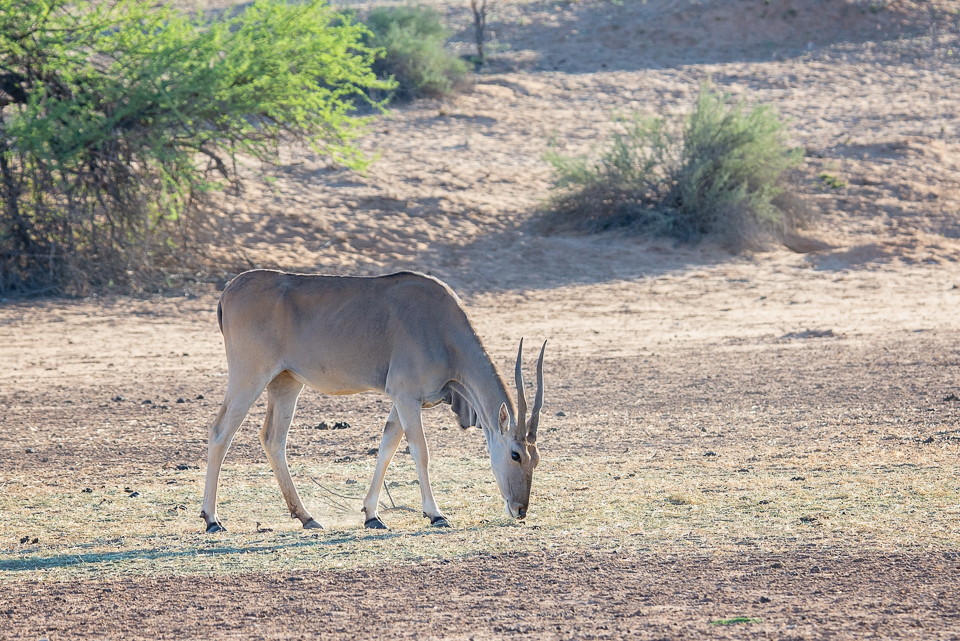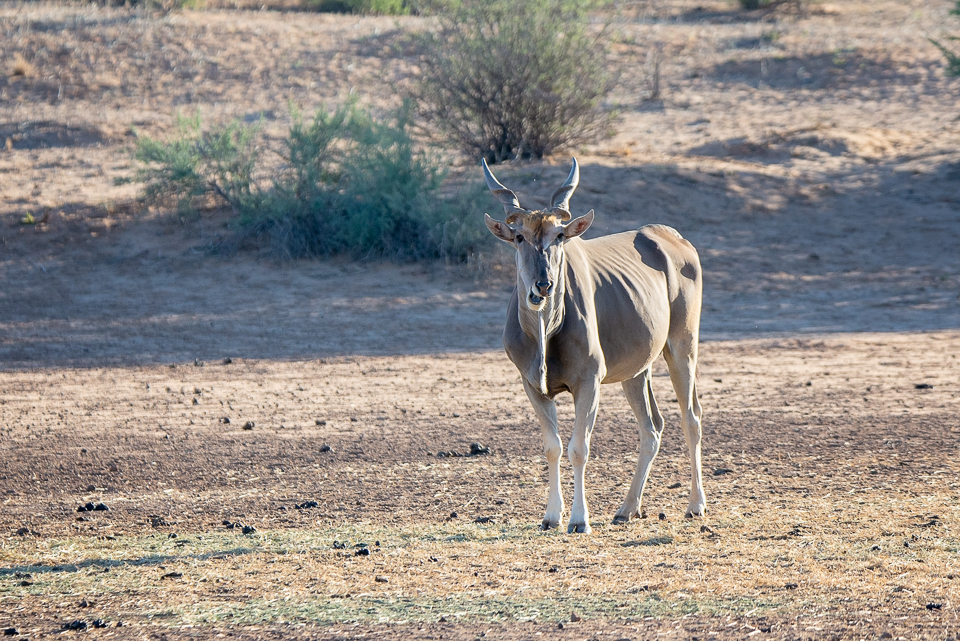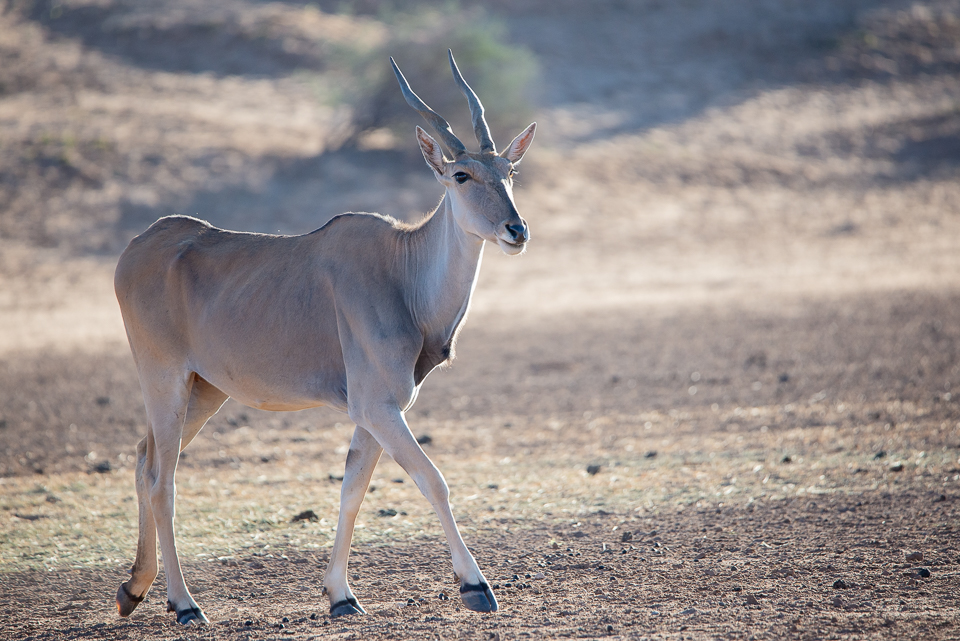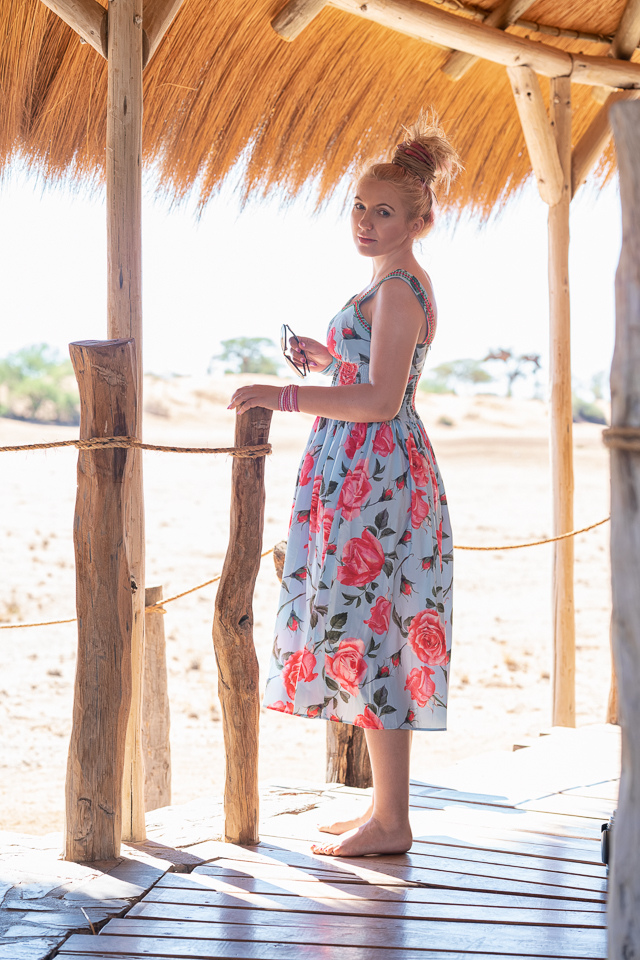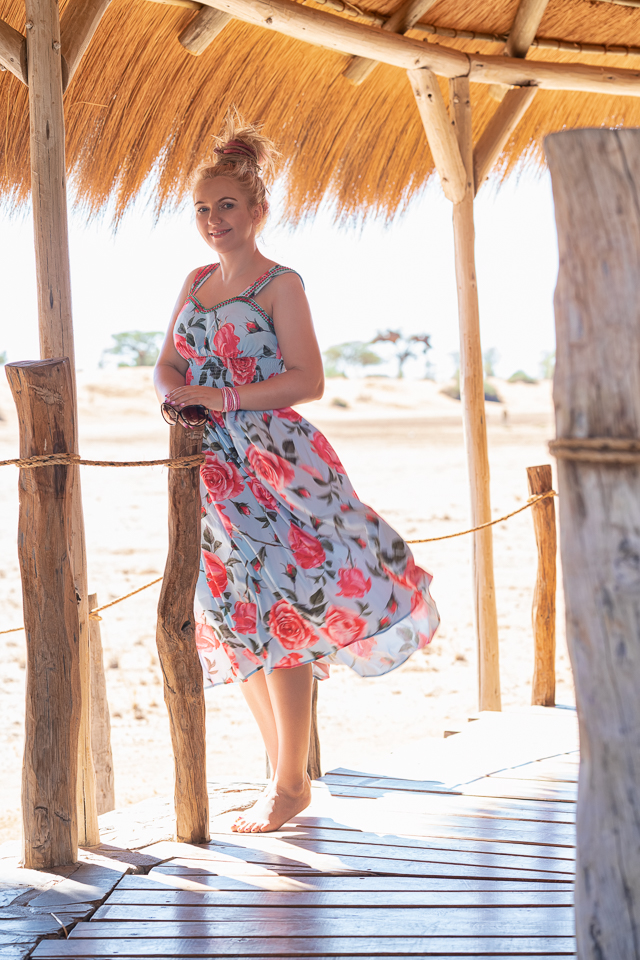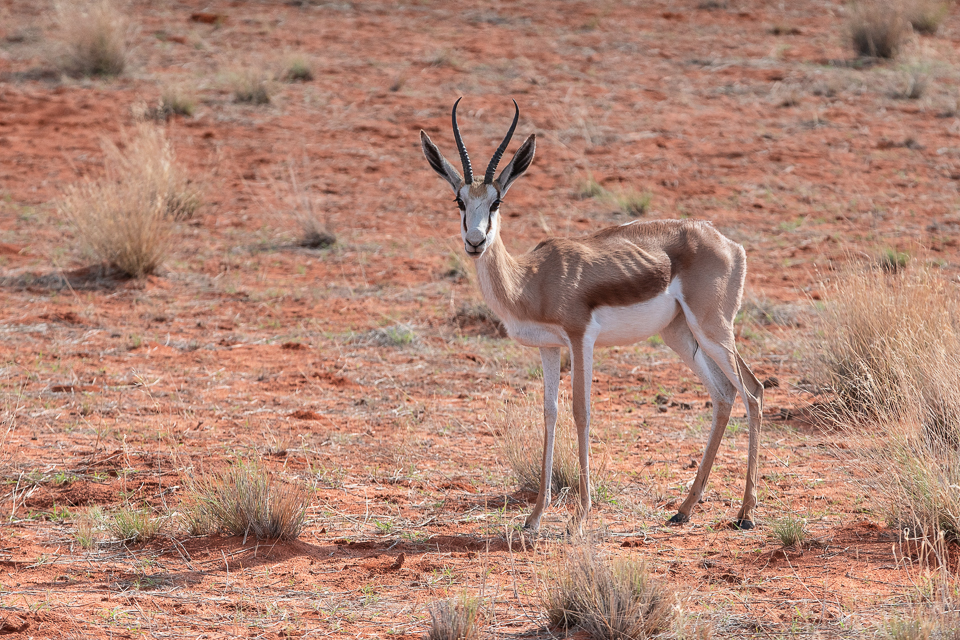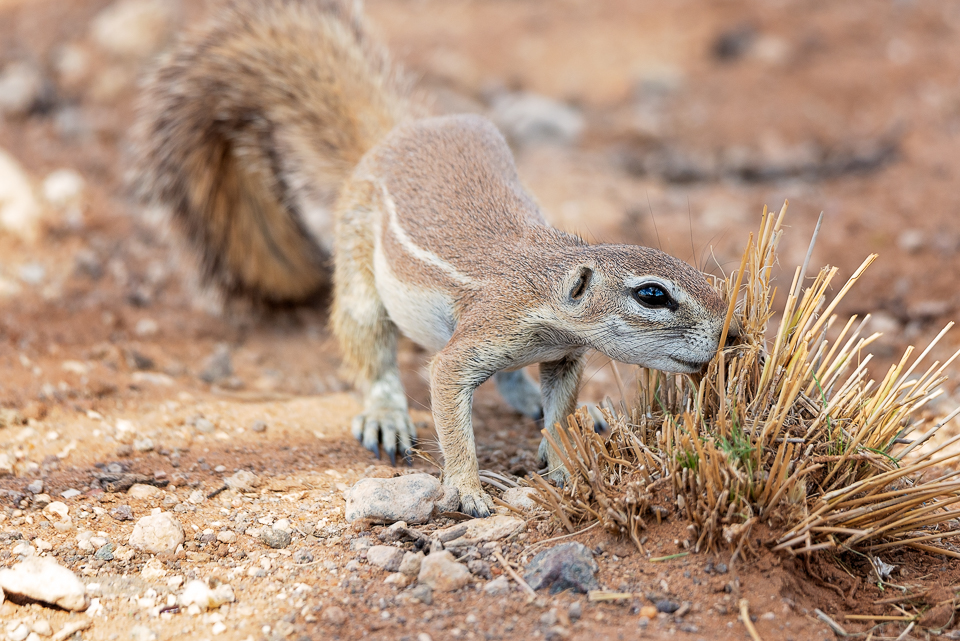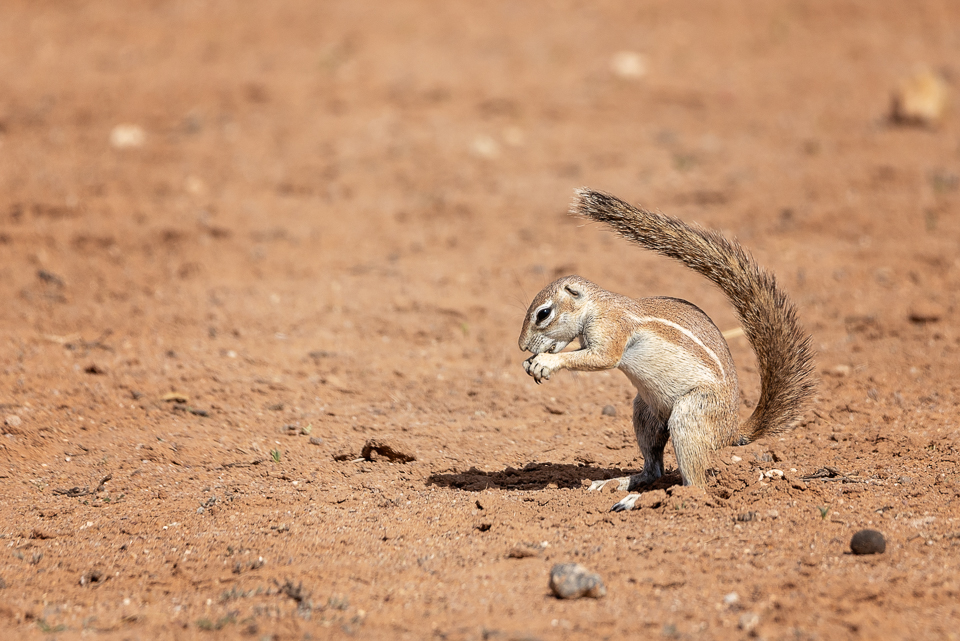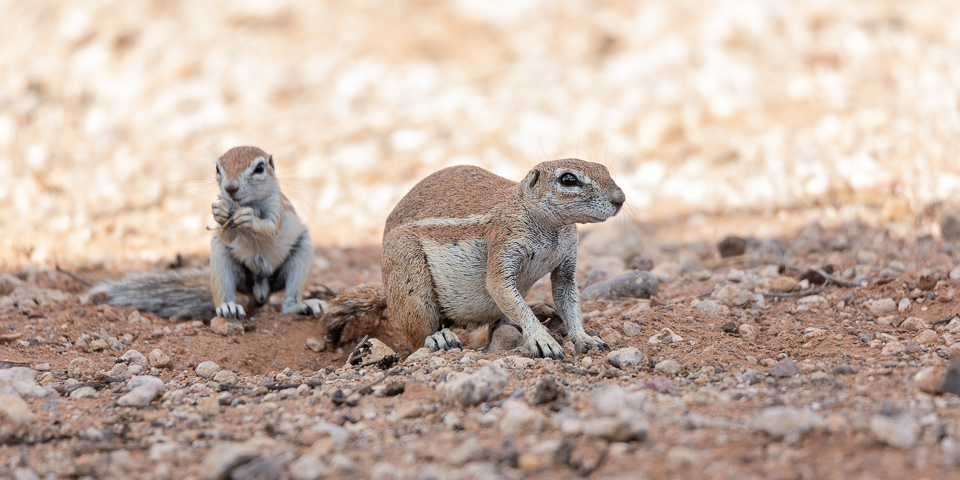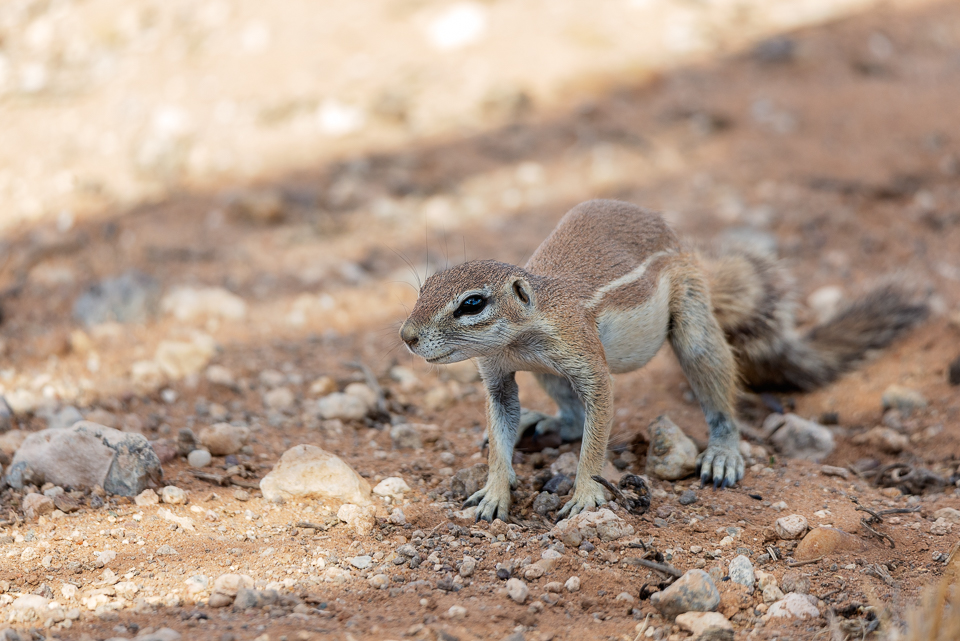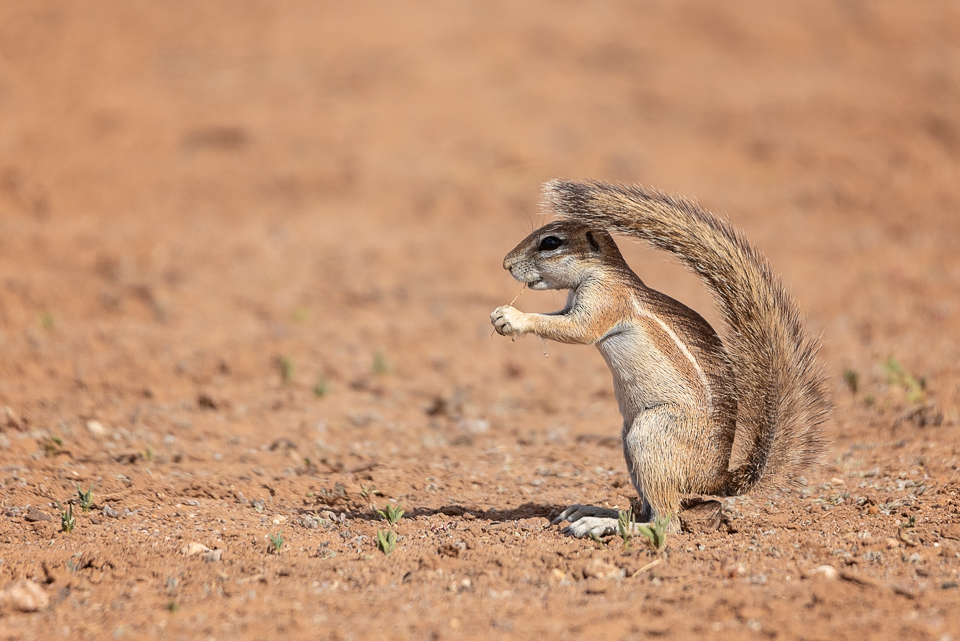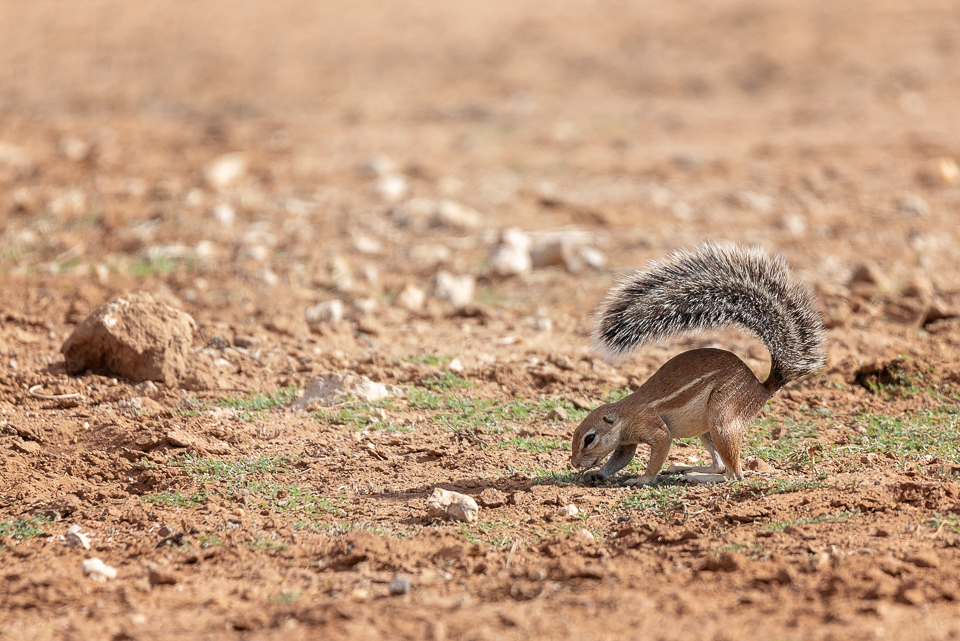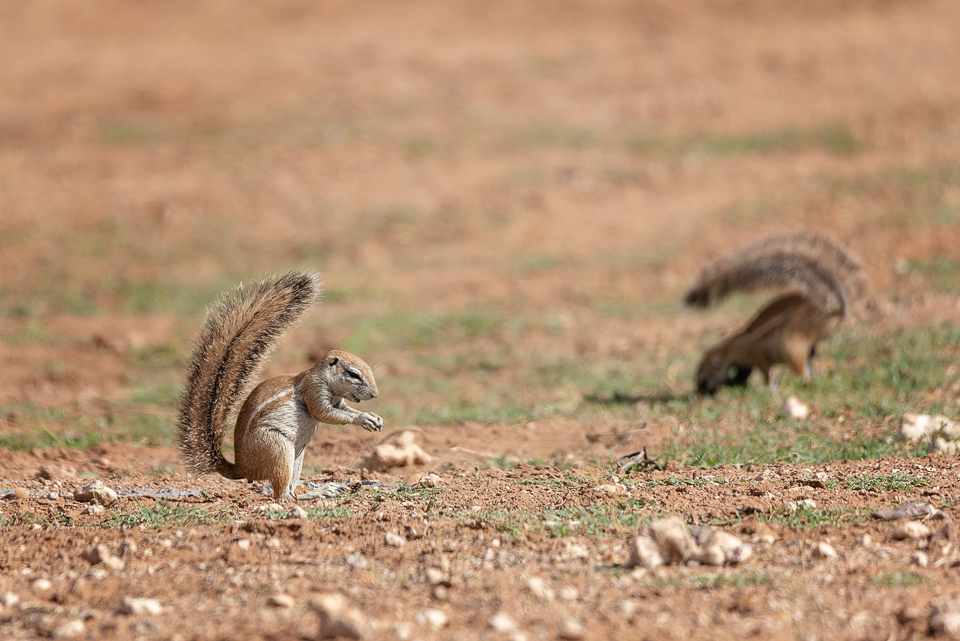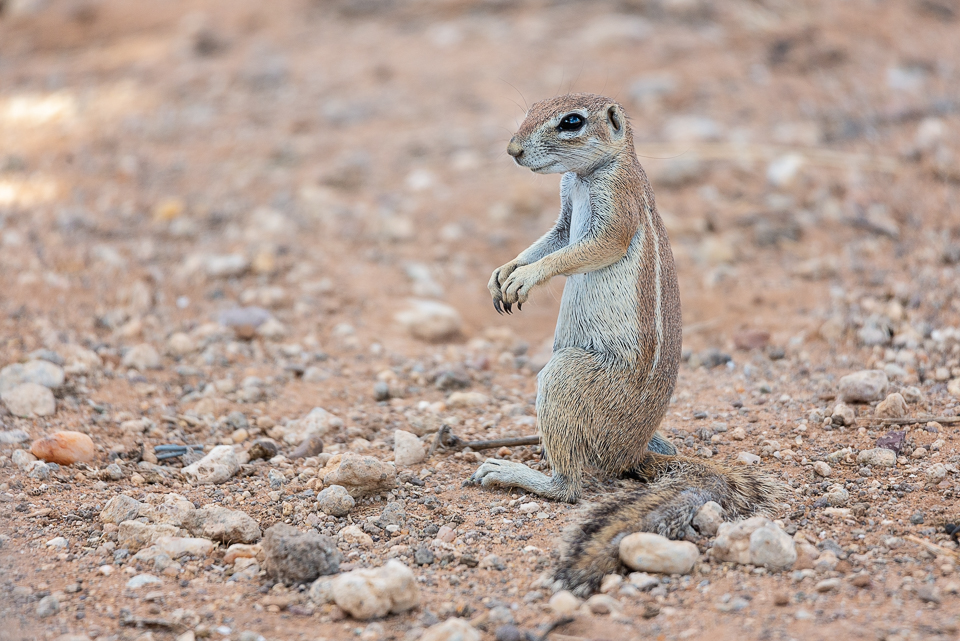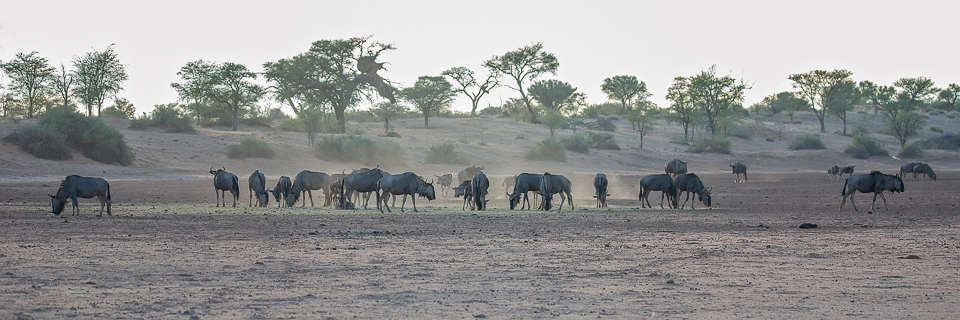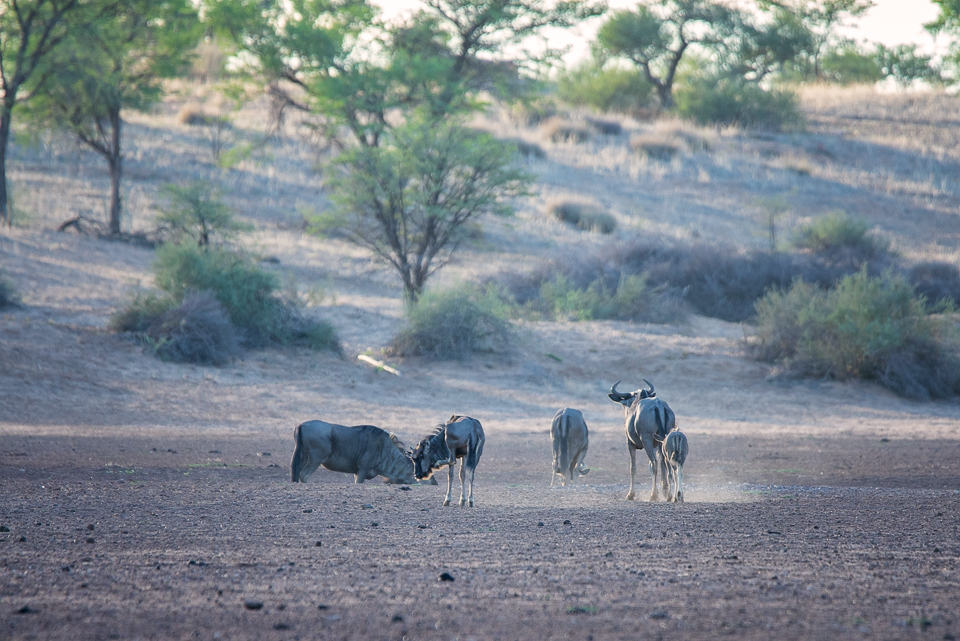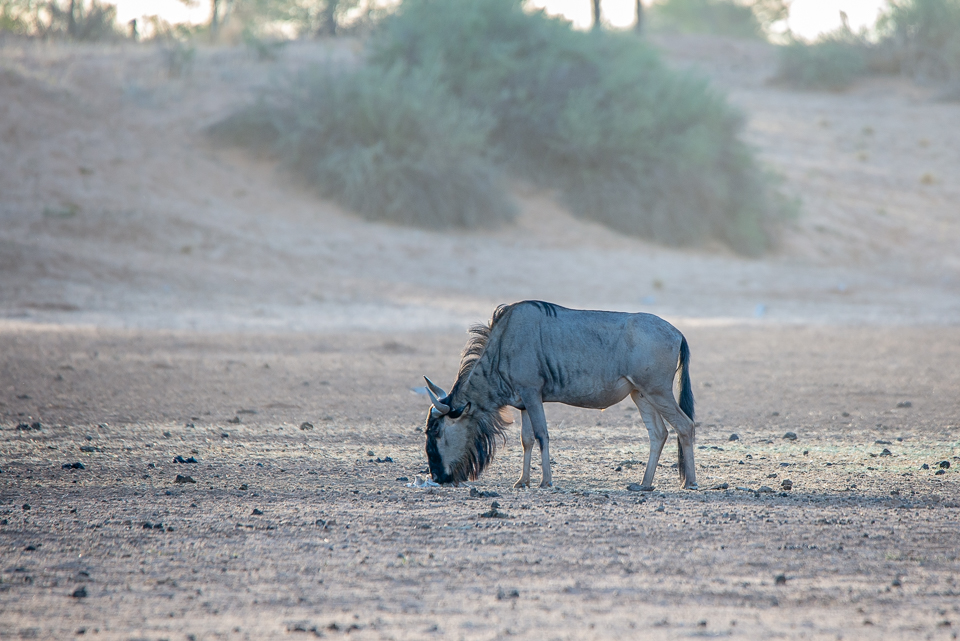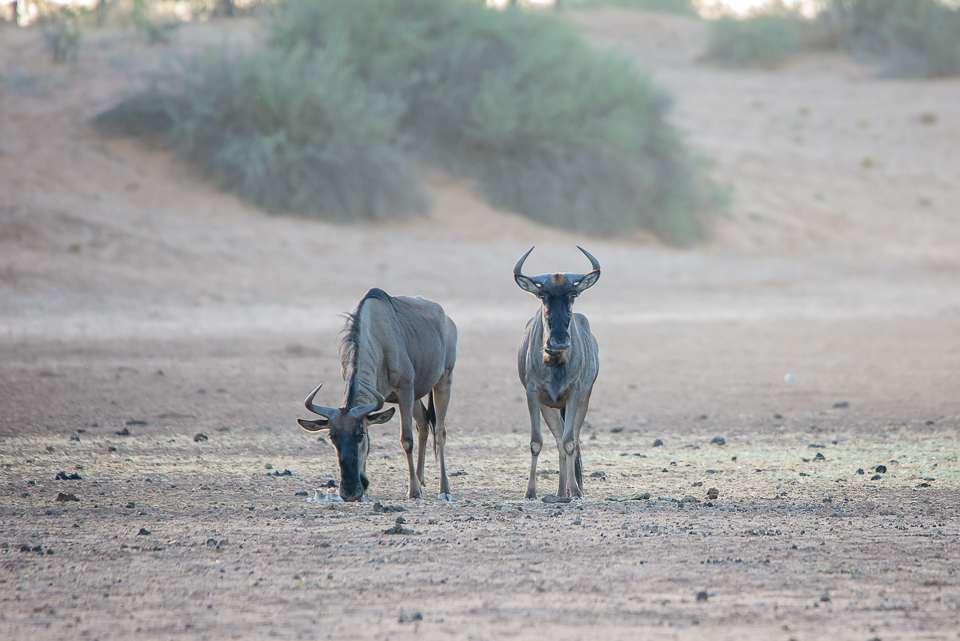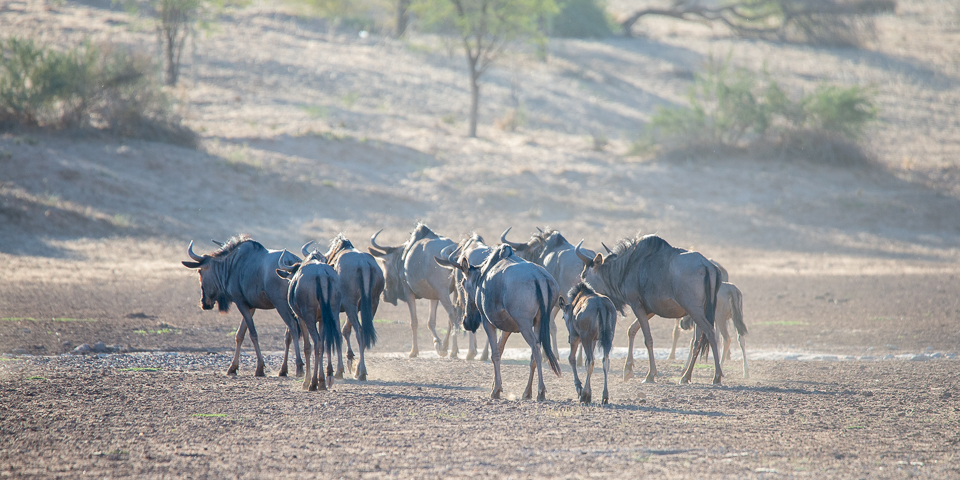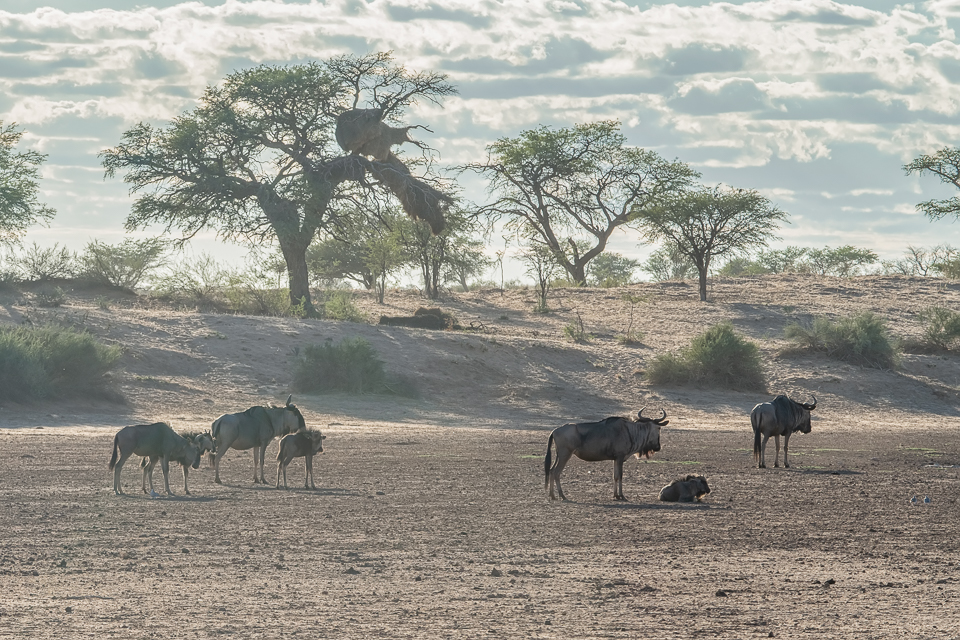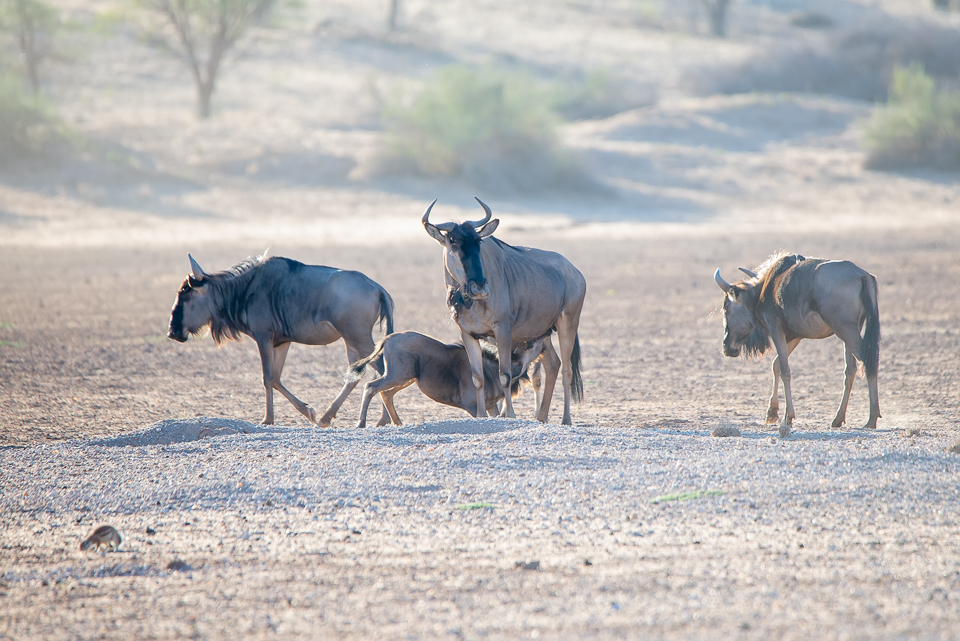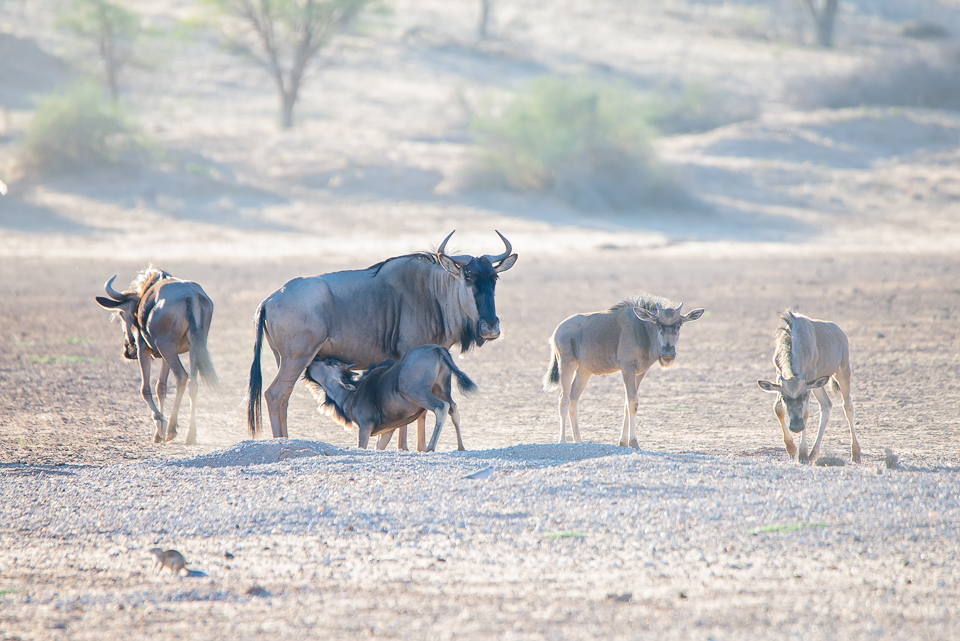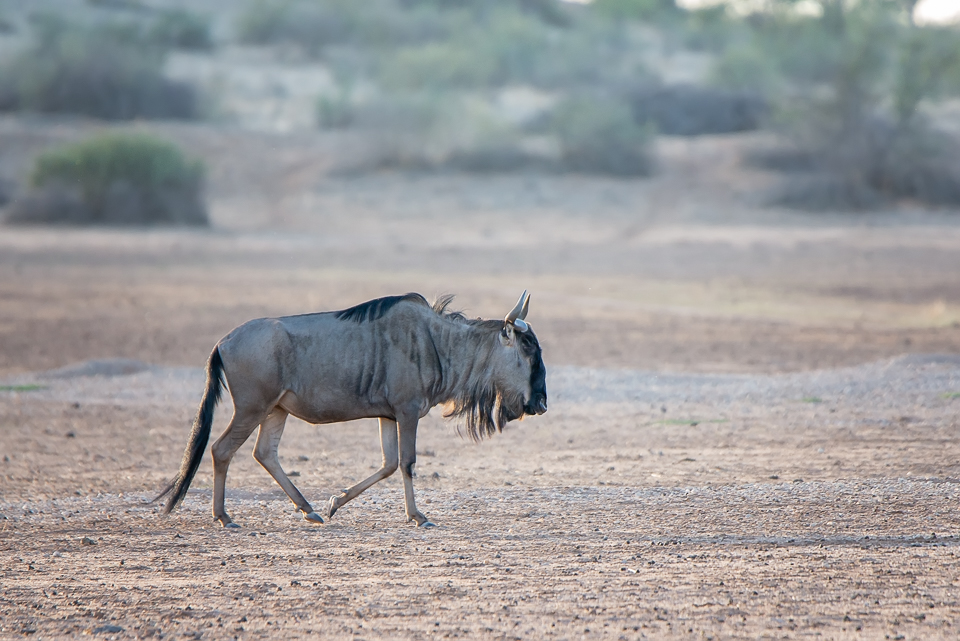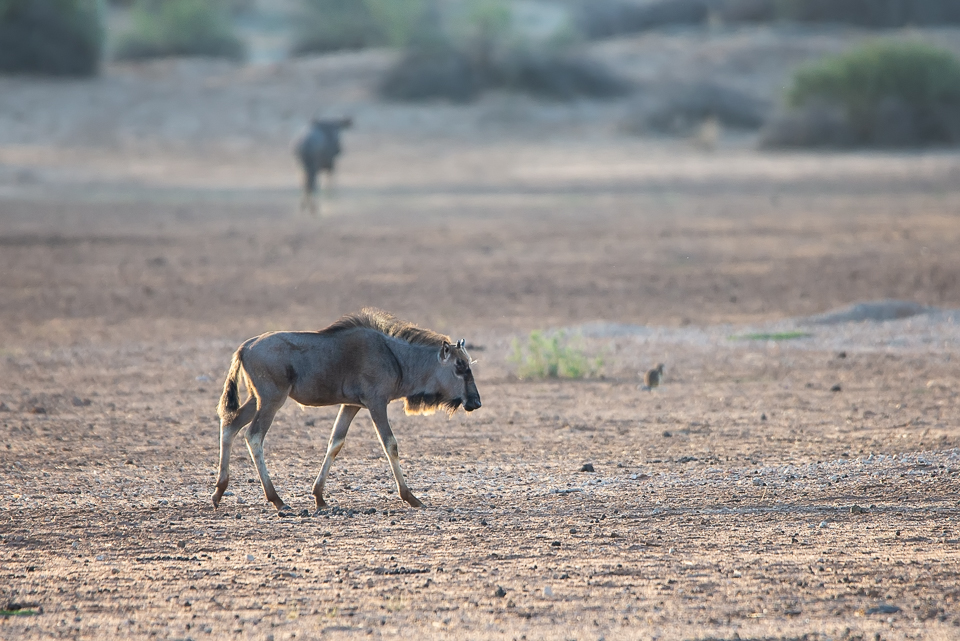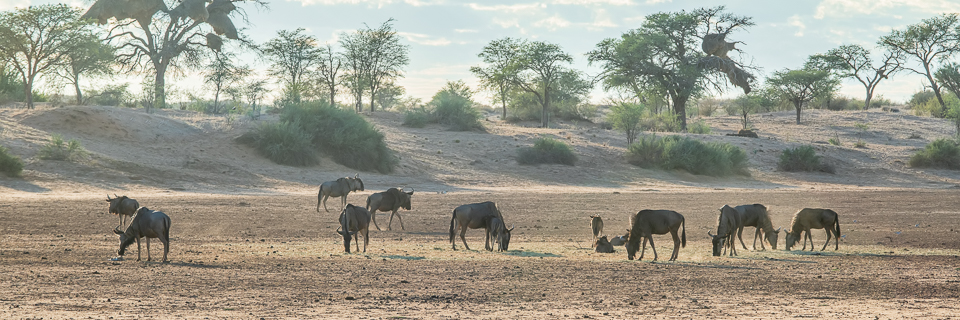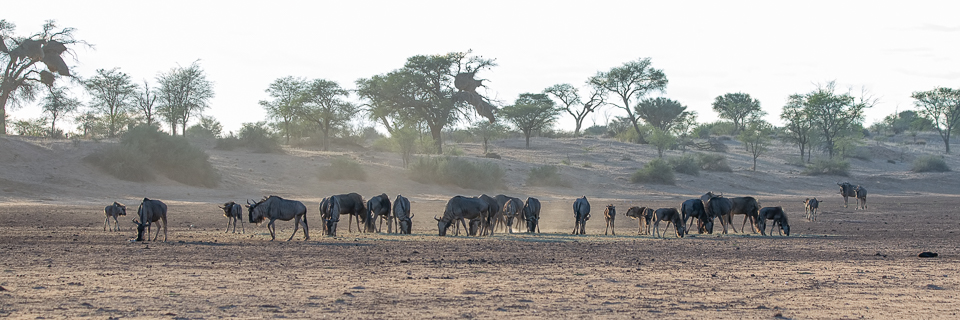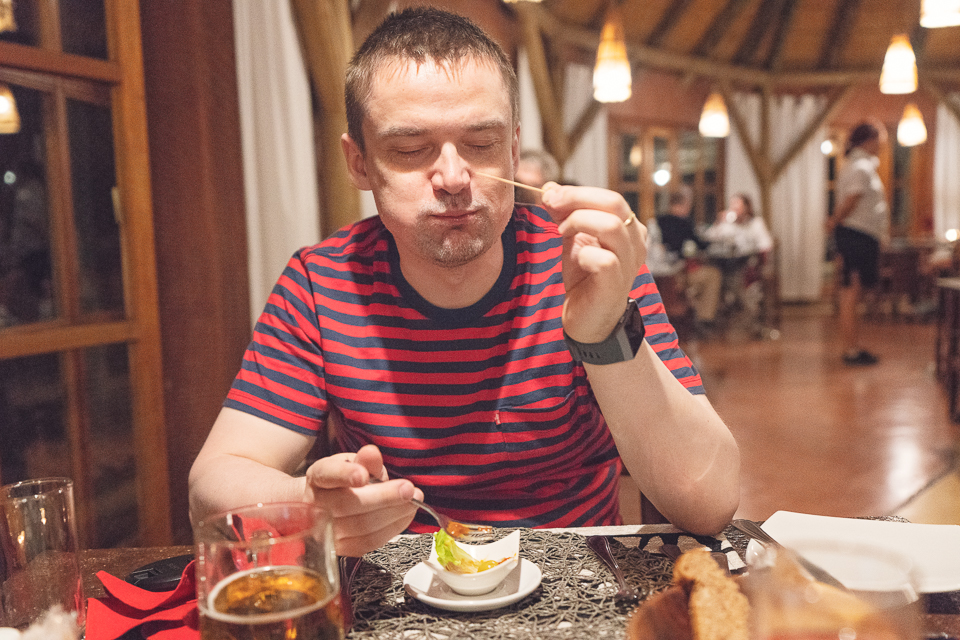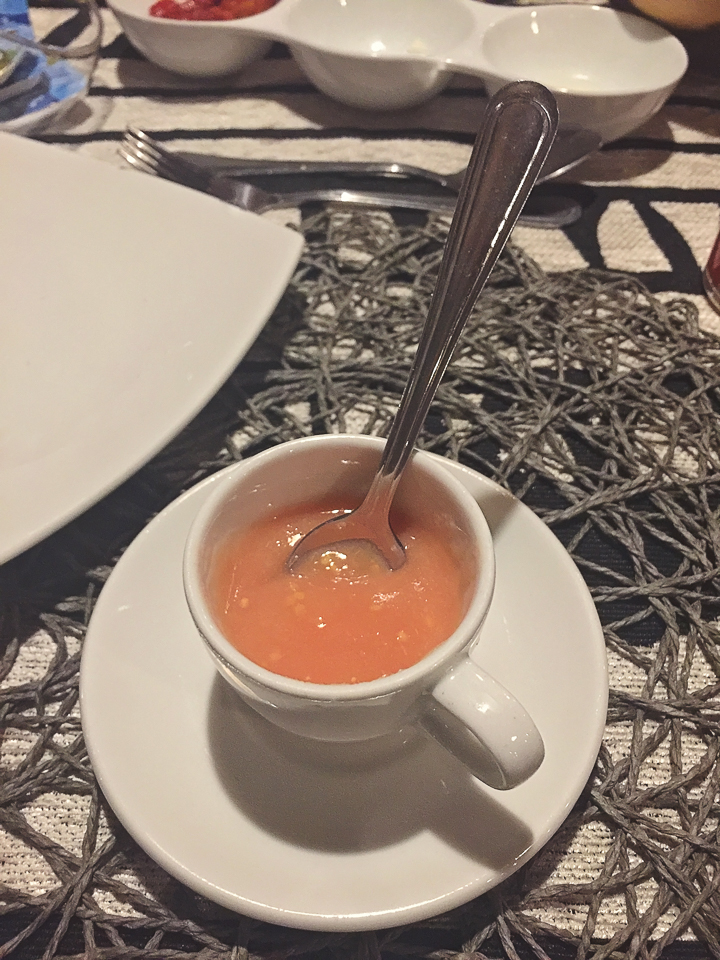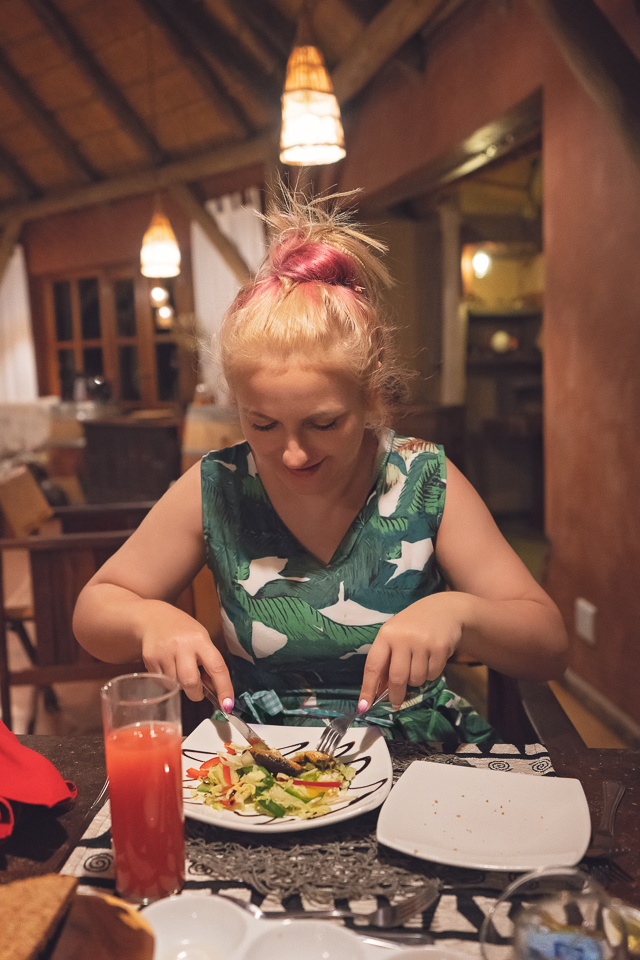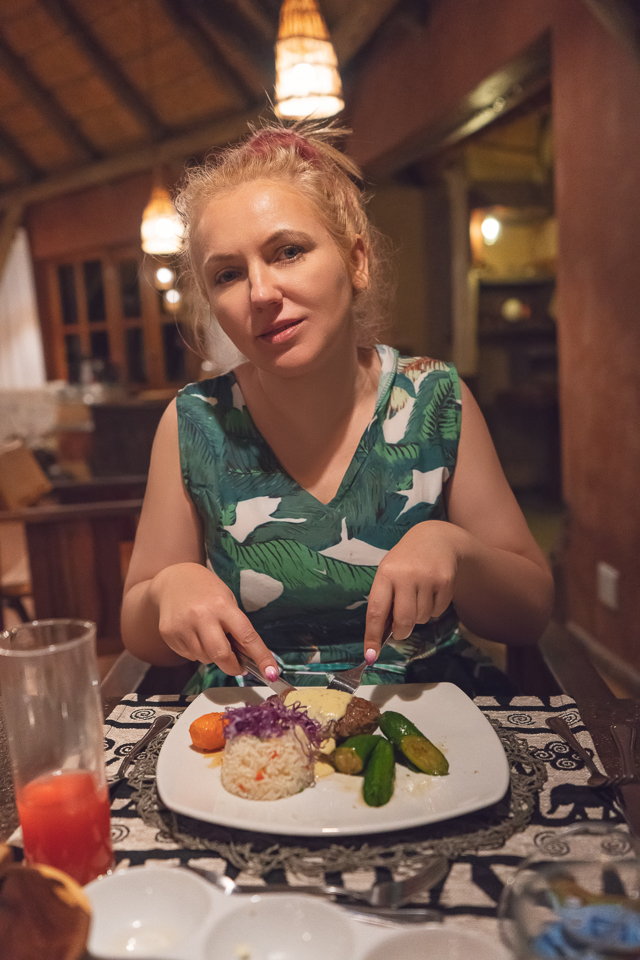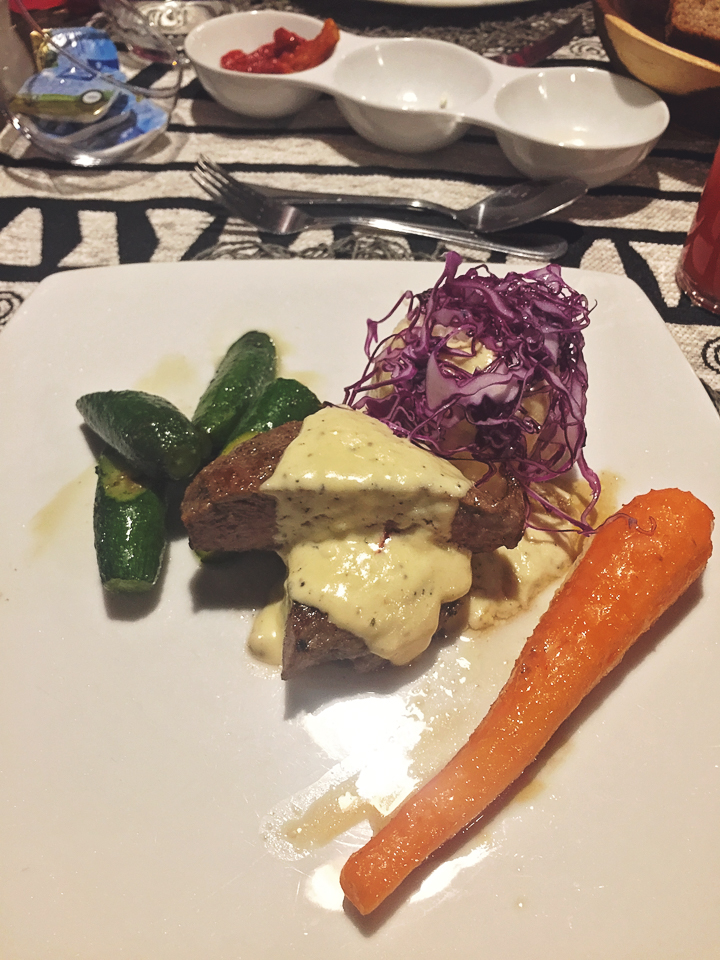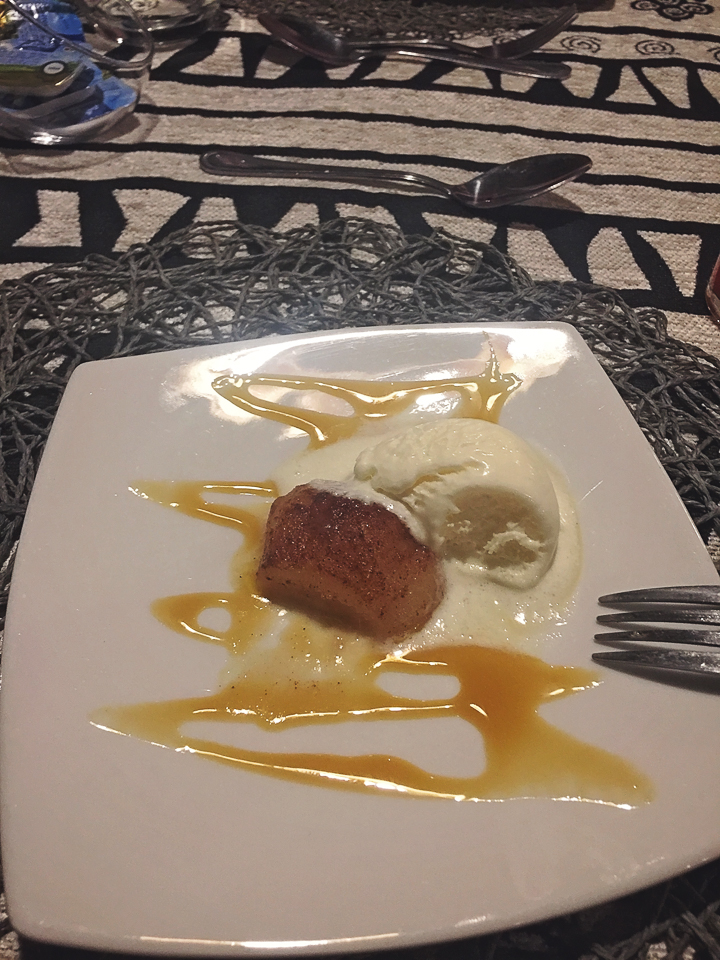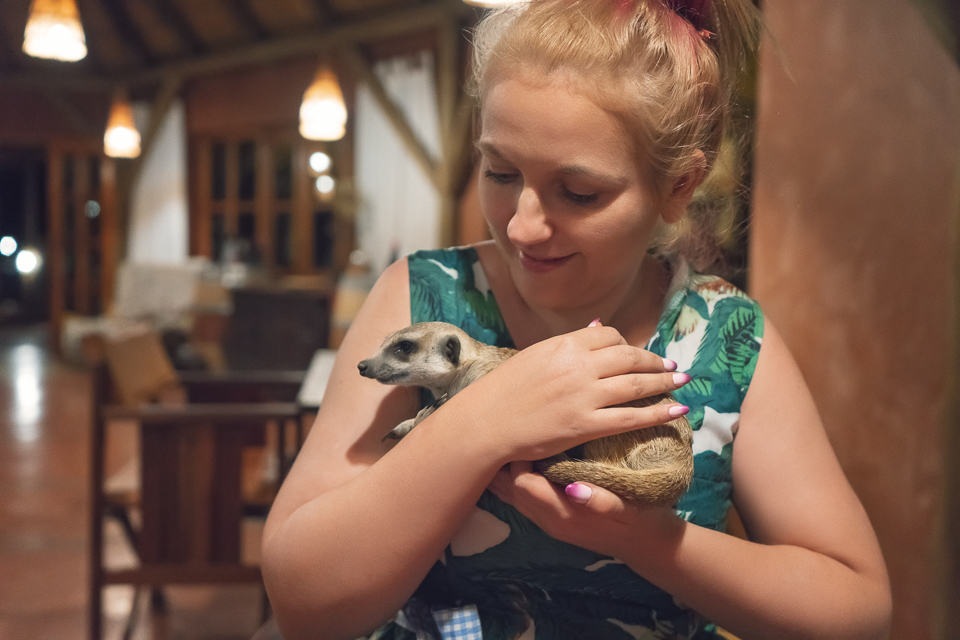Last afternoon we spent eating cake and watching cape ground squirrels and now we go back again to observe these cheeky fellows.
Cape ground squirrels live mainly in arid or semiarid areas, mostly in velds and grasslands. As burrowing animals they dig and live in clusters of burrows, protecting them from extreme temperature and predators. Their underground houses are on average 700 square metres big and have many entrances. Cape squirrels eat fruit, grasses, herbs, bulbs, insects and shrubs, but they do not tend to hoard food.
There is one thing we immediately notice and then I check with uncle Google to be sure, and yes, we are correct - for thermoregulation, ground squirrels shade their head and back with their bushy tails, using them like sun umbrellas.
Cape ground squirrels appear to have friendly relationship with meerkats and often use the same burrows. And yes, we can see Timon, the semi-tamed meerkat living in the lodge, disappear in some of the entrances when he pleases only to reappear again through another hole.
Wczorajszego popołudnia mieliśmy okazję zapoznać się z tutejszą populacją afrowiórek namibijskich (znanych także jako wiewiórki przylądkowe). Dzisiaj idziemy poobserwować je znowu. To tak ciekawe istotki, że możemy tak siedzieć i patrzeć godzinami.
Afrowiórki zamieszkują głównie tereny suche typu sawanny i pustynie. Mieszkają w wykopanych przez siebie, dużych (zajmujących średnio 700 metrów kwadratowych) norkach, a raczej systemach norek z wieloma wejściami, które zapewniają im ochronę przed ekstremalnymi temperaturami i większością drapieżników. Żywią się owocami, trawami, ziołami, korzonkami i owadami, ale nie gromadzą zapasów żywności, jak wiewiórki europejskie.
Już wczoraj, zaraz po kilku minutach obserwacji zauważyliśmy jedną rzecz. Sprawdziłam potem z wujkiem Google, czy mamy rację. Mamy. Afrowiórki używają swoich puchatych ogonów jak parasoli słonecznych, chroniąc swoja głowę i grzbiet od palącego słońca.
Afrowiórki namibijskie żyją w przyjaznych relacjach z surykatkami. Pozwalają im korzystać ze swoich norek, a w zamian za to surykatki ostrzegają je przed zbliżającymi się niebezpieczeństwami. Kilka razy widzieliśmy więc jak Timon znika pod ziemią, żeby pojawić się później na powierzchni w innym miejscu.

